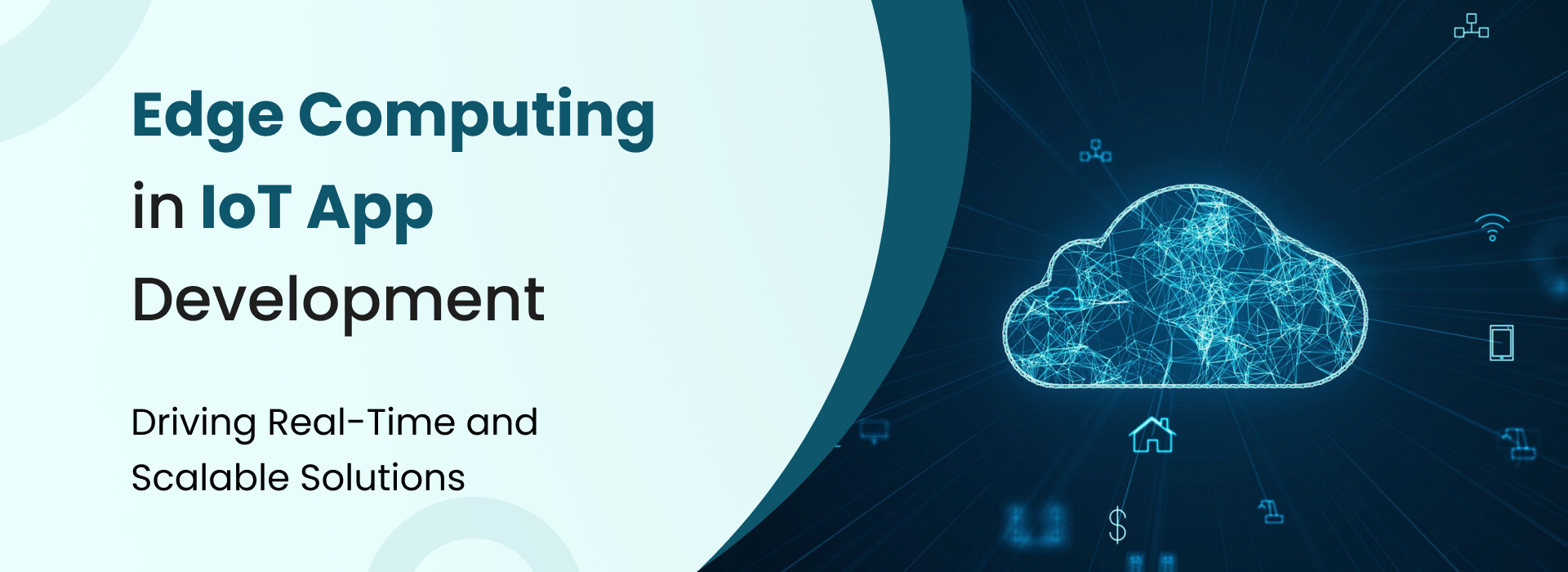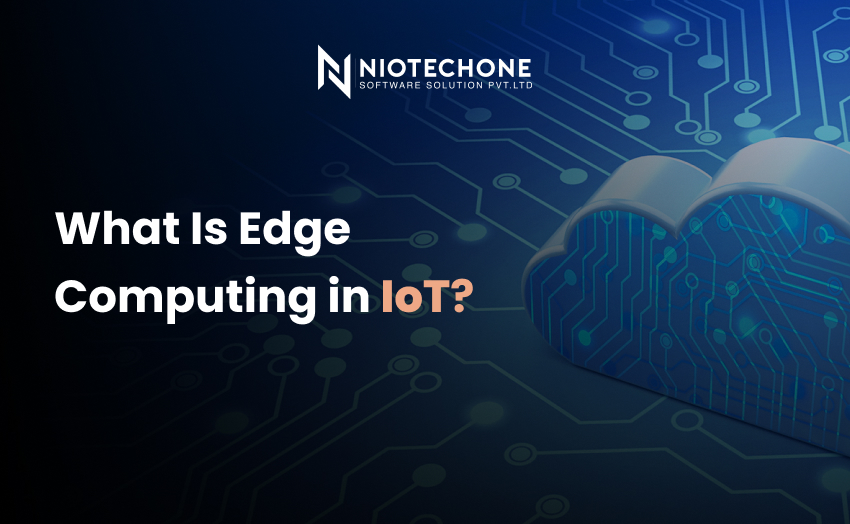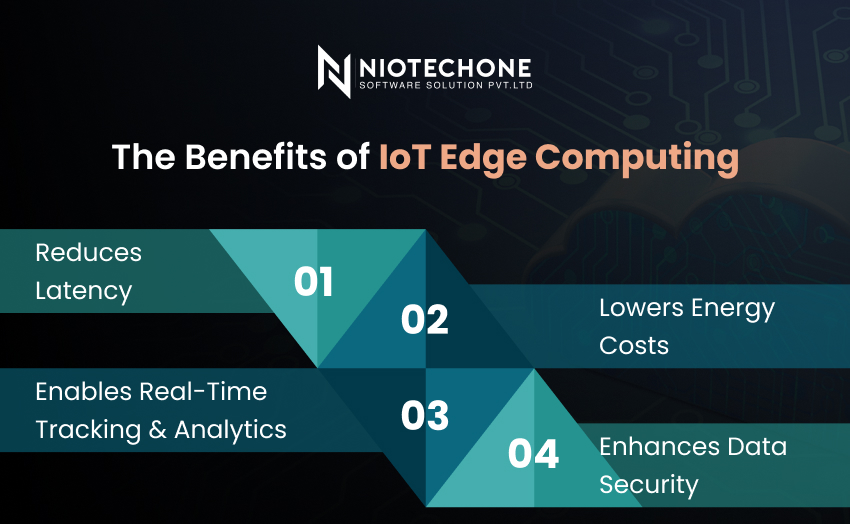IoT edge computing is changing the nature of device interaction, data processing, and provision of intelligent insights. At Niotechone, we are using edge IoT solutions and mobile app development services in India to enable businesses to have smarter, faster and secure applications. There are five fundamental categories of edge-enabled IoT devices, which we will discuss:
1. Sensors
IoT sensors record important on-site measurements of temperature, humidity, movement and pressure. The edge computing enables such sensors to compute data at the edge nodes, which are nearby, and make real-time decisions without depending on centralized cloud servers.
Manufacturing: Vibration and thermal sensors monitor equipment early signs of failure and send alerts to perform maintenance in time.
Smart Homes: Motion sensors make lighting and climate controls more dynamic, which enhances energy efficiency and comfort to the user.
2. Cameras
Smart cameras with edges are not just cameras but they analyze the footage on the spot. This minimizes latency, minimizes network traffic, and allows actionable insights in real-time.
Smart Cities: Cams identify suspicious behavior and send notifications in real-time without transmitting data to central clouds.
Retail and Industry: Cameras streamline store layouts, track production lines and indicate possible problems in real-time.
3. Monitors
Edge IoT sensors are used to measure important metrics such as energy consumption, air quality, fluid levels, and machine performance. They are used together with edge processing to give real-time operational insights that improve efficiency and minimise costs.
Industrial Systems: Monitors detect equipment wear and aid in predictive maintenance.
Smart Energy: The devices will monitor the high points of consumption and automatically adjust settings to conserve energy.
4. Drones
Edge-enabled drones are changing inspections, surveillance, and logistics. Drones are autonomous and provide real-time analytics without the need to rely on the cloud by processing data onboard.
Energy & Utilities: Survey remote assets such as wind turbines or pipelines effectively.
Warehousing & Logistics: Assist with inventory checks and emergency deliveries in hard-to-reach locations.
5. Controllers
The intelligence of edge IoT networks is controllers that control, automate, and secure connected devices. They combine sensor, camera and actuator inputs to make local decisions in real-time.
Smart Buildings: Controllers control the room temperatures and airflow depending on sensor readings.
Industrial Automation: Control machinery, maximize power consumption, and maintain 24/7 operations.














